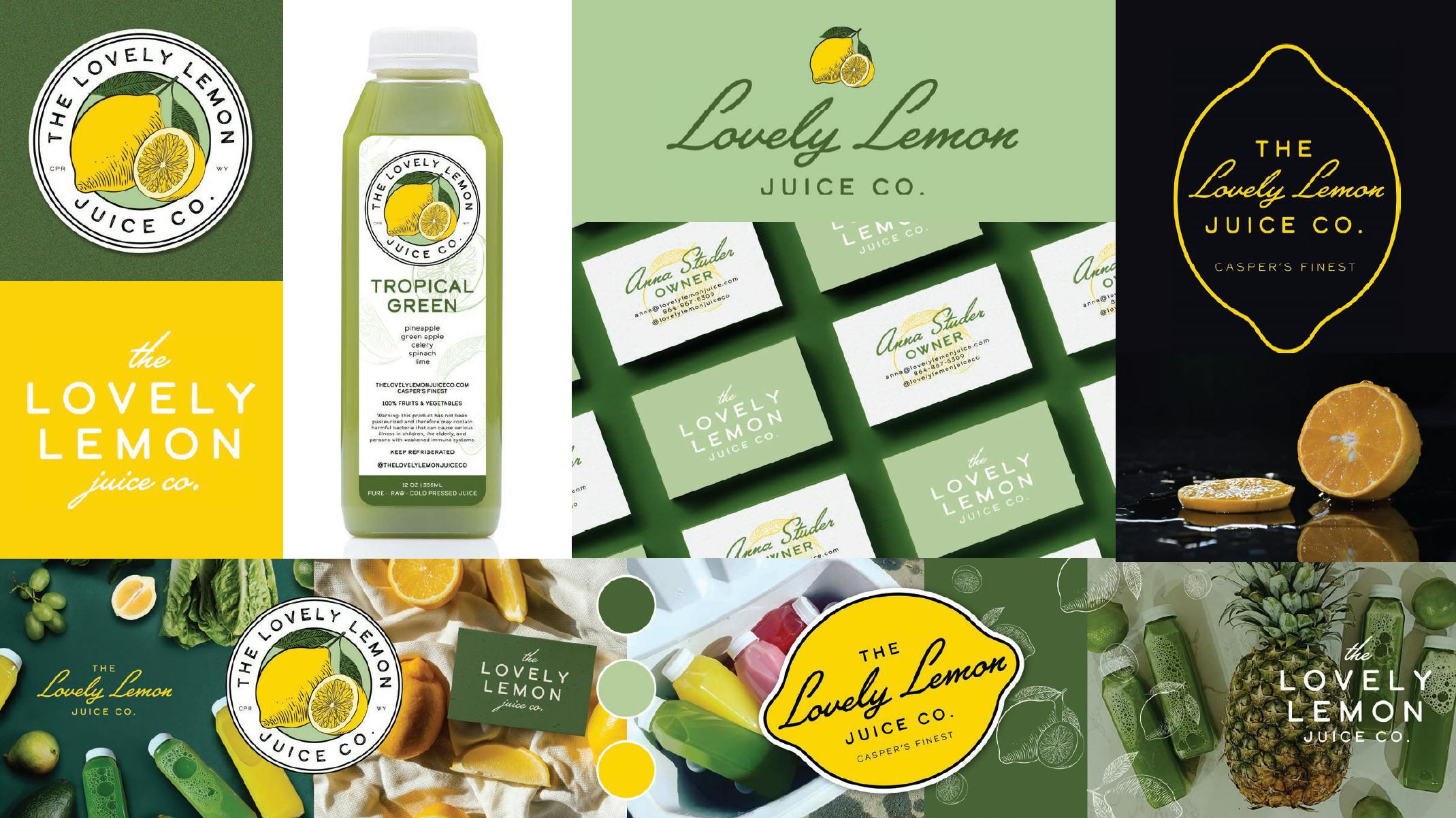My juice business consulting team has consulted over 500 juice and smoothie bars in the past ten years, and I can say from experience that starting a juice bar usually is a fairly similar process for almost everyone, some people just come to us at different stages of the process. I have outlined the most important steps of the process below!
Know your market
It's important to understand the local market. Usually, people either live in an area that already is familiar with cold pressed juice and the benefits of juicing, or it's brand new to their area and it's up to them to introduce their local community to a healthier lifestyle.
From what we've seen, basically the less competition the better. So if you're the first juice bar in your area, that's usually a good thing, not a bad thing. Even in small towns across the US, there is enough demand to support at least one juice bar. When people come into your store for the first time and try delicious juice or a dazzling smoothie, they will become a regular pretty quickly and start to live a healthier life.
If you are in a market that's already saturated with juice bars, you just have to be prepared to offer something unique and spend the time and money on a compelling and differentiated brand.
Step 1: Develop your brand identity
Before you work on recipes, equipment budgets, and interior design, you should work on a truly unique and captivating brand. Absolutely do not just copy your favorite juice bar. Lots of clients that come to us with a struggling juice bar don't really know why they sell the products they do, they just copied someone else or paid for a pre-made menu that is not unique.

You need to find your voice and make sure that speaks through your products to your customers. Every product, every label design, every communication should be tied back to your brand identity. Branding is hard to get right, but so very important. When we work with a new client, we consider this phase the most important, as it sets the direction for everything in the following phases.
Step 2: Create your menu
Now that you know your local market and have a unique, captivating brand, it's time to develop your menu. Many people think the menu should come first, but that's not true. It's ok to have an idea of certain recipes, but you really cannot finalize a menu without knowing the brand. Your brand identity will drive your product decisions.
For example, is your brand meant to be mass market, or are you targeting a specific health and wellness niche? If you are targeting a specific niche, you might create some special juices or supplements that target that niche. If you are going for more mass market, you might stick to approachable recipes with flavors that people are more familiar with.
Product names should all be tied back to the brand. For example if your juice bar name is "New York City Juice", you could name your juices after famous New York locations. Or if your brand is based around yoga, your items could be named after yoga poses and concepts.
Step 3: Know your numbers
You have to know your food costs. You need to calculate how much each specific recipe will cost to make so you know what to charge. A common mistake we see is juice bars charging a certain price just because other juice bars are charging that price, but they don't even know why or know if they are making money! Don't charge $8 for celery juice because you see another juice bar charging $8. Charge $8 for celery juice because that gives you a healthy profit margin on your $2 food cost. If you don't know your food cost, you can't possibly make smart pricing decisions.
One of our specialties is creating recipe cost calculators for our client's recipes. They simply fill in their up-to-date produce costs, and the calculator will give them the food cost per serving, plus a minimum price recommendation. As produce costs change frequently, it's important to be able to calculate this on the fly and make sure you are selling profitable items.
Step 4: Find the perfect location
Ideally, you start this process around the same time as starting your recipe development. It's important to find a location that has the right type of layout for what you're tying to accomplish. The products you sell will determine what that means exactly. For example, are you offering acai bowls and smoothies? If so, you will need a lot more counter space than if you're just doing juice and grab and go items. Are you offering made-to-order juices, or making bottled juice? If making made-to-order juice, you will need a lot more cooler space for fresh produce in the front of house than if you're making batches of bottled juice in the back of house. These decisions and more can only come after you start to know your branding, products, and menu mix.
Note: Not sure where to start? Join our Juicing Level Up program for weekly mentorship calls with industry experts, exclusive educational content, and more.
Once you are fairly confident about the business specifics, you can start to look around your area for retail locations. For a standard juice and smoothie bar, you might get lucky and find a location that used to offer the same products. Ideally, you find a spot that has at least been a café or coffee shop so you know it has the right infrastructure. The hardest thing to do is take over a retail location that hasn't done any food service, as you'll have to do a complete buildout to get up to health code.
Step 5: Design your juice bar layout
Now that you know what your location looks like, you can develop your detailed layout for the location. Speaking of equipment, make sure you're using a real juice press and not a centrifugal or masticating juicer. A true two stage juicer will give you the highest yield and longest shelf life of any type of juicer.
Step 6: Get your plans approved
It's important to work with the health department early-on in the process and get your equipment list and sanitation plan approved. If you wait until right before opening, you may get the unfortunate surprise that your plan is missing something required by the health department. Some health departments require things like a grease trap even if you aren't cooking food. It's best to find this out right away so you can work it into your budget and reduce the chance for delays.
Step 7: Prepare for launch
Get ready to open by making sure you have all of your standard operating procedures planned out. Since a juice bar is a restaurant, we recommend either having a real chef on staff, or partnering with one for this phase. An efficient business has everything planned out from opening and closing checklists, back of house and front of house log books, staffing and payroll strategy, and more. These are things that classically trained chefs or hospitality management professionals learn in their schooling.
A juice bar is dependent on your local community, so get out there and spread the word. Attend local events and set up a juice sampling station if you can. Try working with local yoga studios, farmers markets, and consider sponsoring local sporting events. You also need to make sure people can find you on social media and google maps.
Pro tip: Pay a real professional photographer for product and location photos. It makes a real difference for your social media posts, google maps photos, and menu photos. There are plenty of services to skip out on when starting a juice bar, but photography is not one of them! Look for a local photographer to help, it should only cost a few hundred dollars.
Final Step: Host a soft open
Finally, it's time to open your doors to friends and family for the soft open. A soft open is basically your first day running a real business, but is usually not open to the general public. People that are invited to a soft open usually understand things may not go as smoothly as possible, and their may be hiccups in the service. Maybe there are staff training issues, or the POS isn't set up properly. Maybe some of the equipment needs some tweaking, or some of the recipes aren't perfect. All of these issues and more are exactly the reason to plan a soft open. Often times, restaurants will leave a break of a few days between the soft open and the grand opening in order to fix the issues.
Helpful Resources
Looking for help on opening your juice bar? Check out these resources:
- Juice Business Consulting - the most experienced juice consulting team can take your vision form a dream to reality in just 12 weeks with one of our turnkey consulting packages.
- Goodnature Radio - a weekly podcast all about running a profitable juice bar with the Goodnature Dream Team. Watch on YouTube or Spotify, listen on all the major podcast networks.
- School of Juice - Online juice business courses

Comments
Very good content here
Very helpful info here for a starter
Do you offer consulting for start up at a Farmers market? I am in the very beginning, planning stage, and would like to set up at a Farmers Market this year. I have a meeting with the market manager next week. I am doing this because I want to test the market and my recioes before i build something at home to make juices in. I live an hour from the nearest large town, and am thinking i want to do a business model where I create juices and other healthy food items in a certified kitchen at my home, and then delivery a couple days per week At this time I am not really considering opening a juice bar due to the 1 hour drive each way to Lynchburg. I live 5 miles out from a very small, very rural town and would consider opening something there if I could find a suitable building that didn't need renovation, and then still going with the delivery and frozen juice model, with lunch time open hours for local people.
I want to use the Farmers Market to gain experience. I have been unable to get anyone on the phone at the health dept to find out about regulations, so really stumped at this first basic step.
Hi Anita, We do offer consulting for starting up at farmers markets! One of our consultants will get in touch with you shortly, thanks!
Testing new reply
Hello there
Testing
test reply


Comment